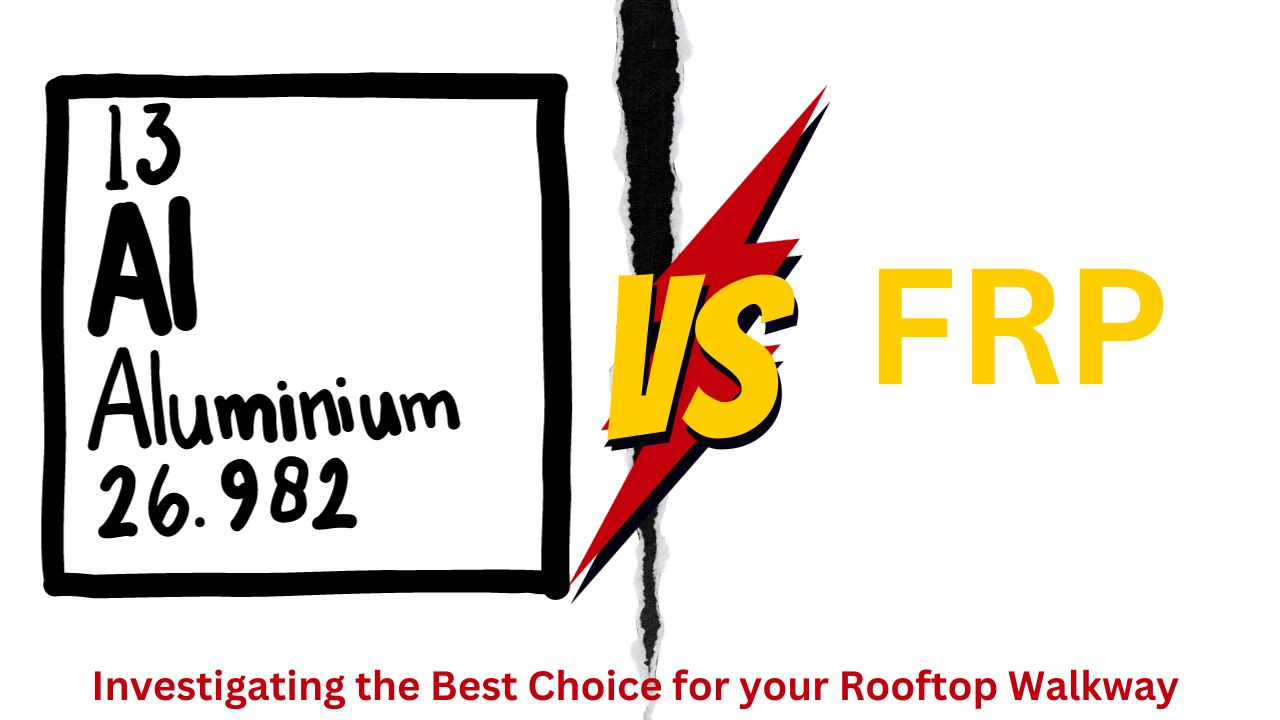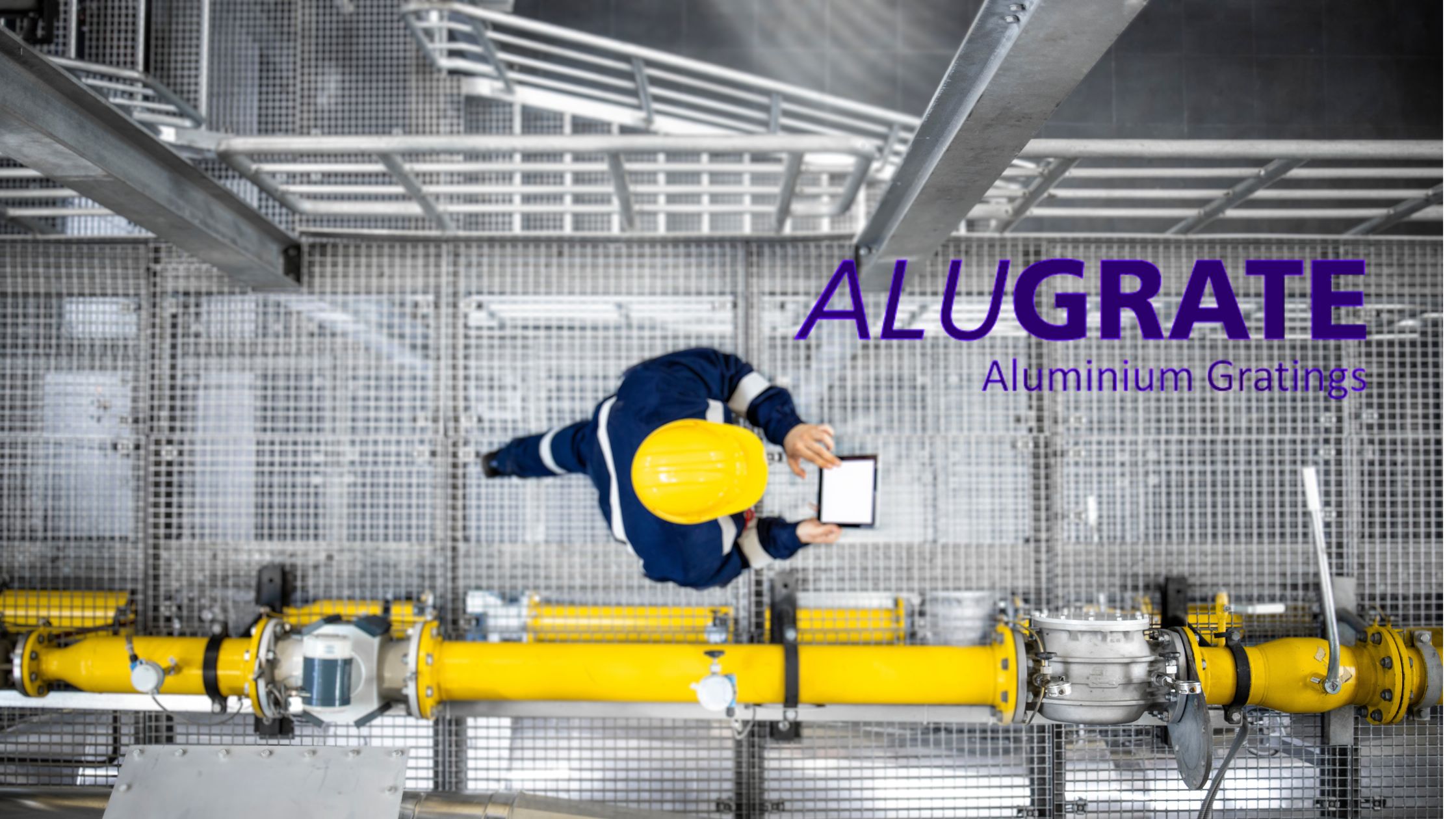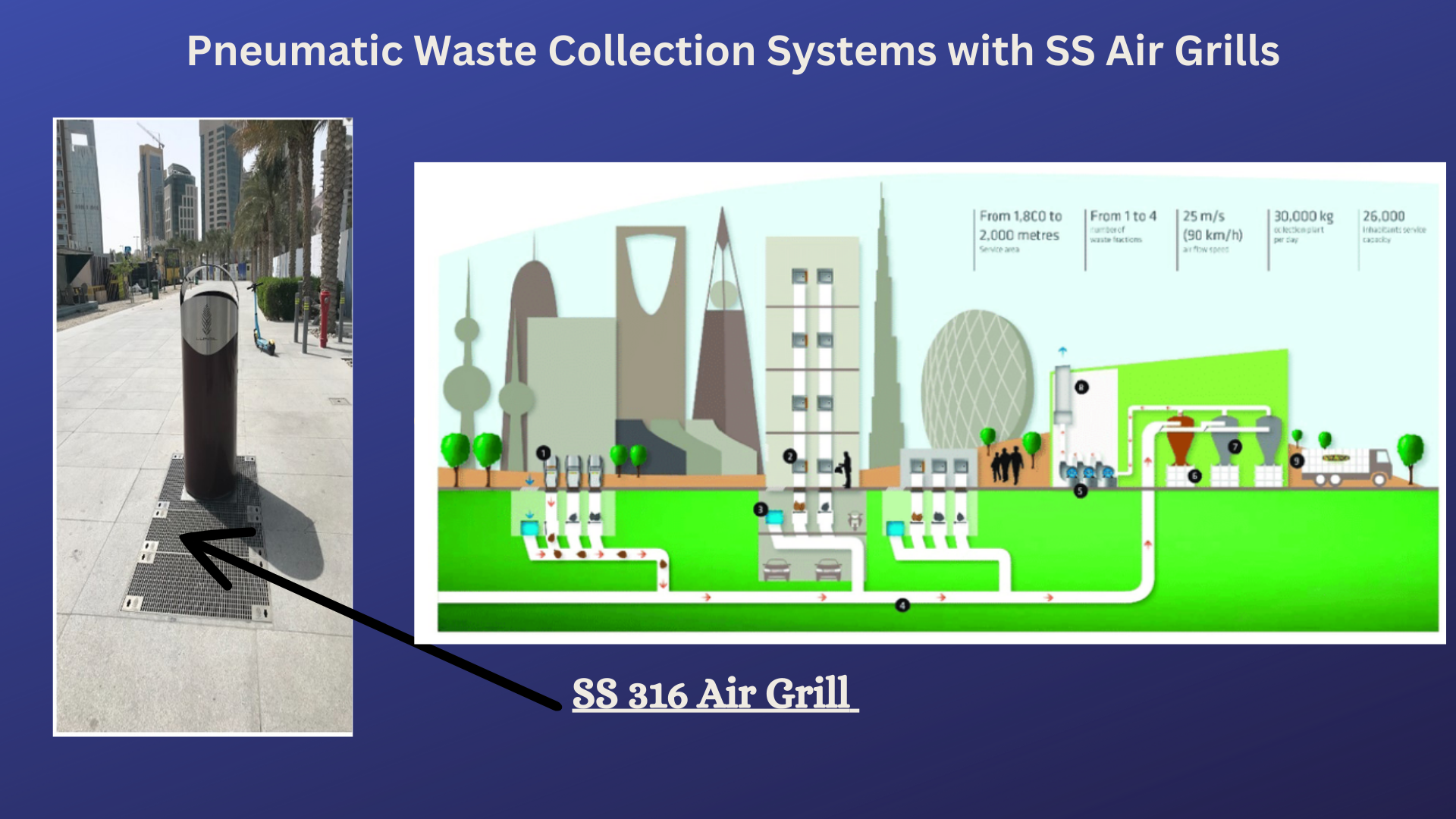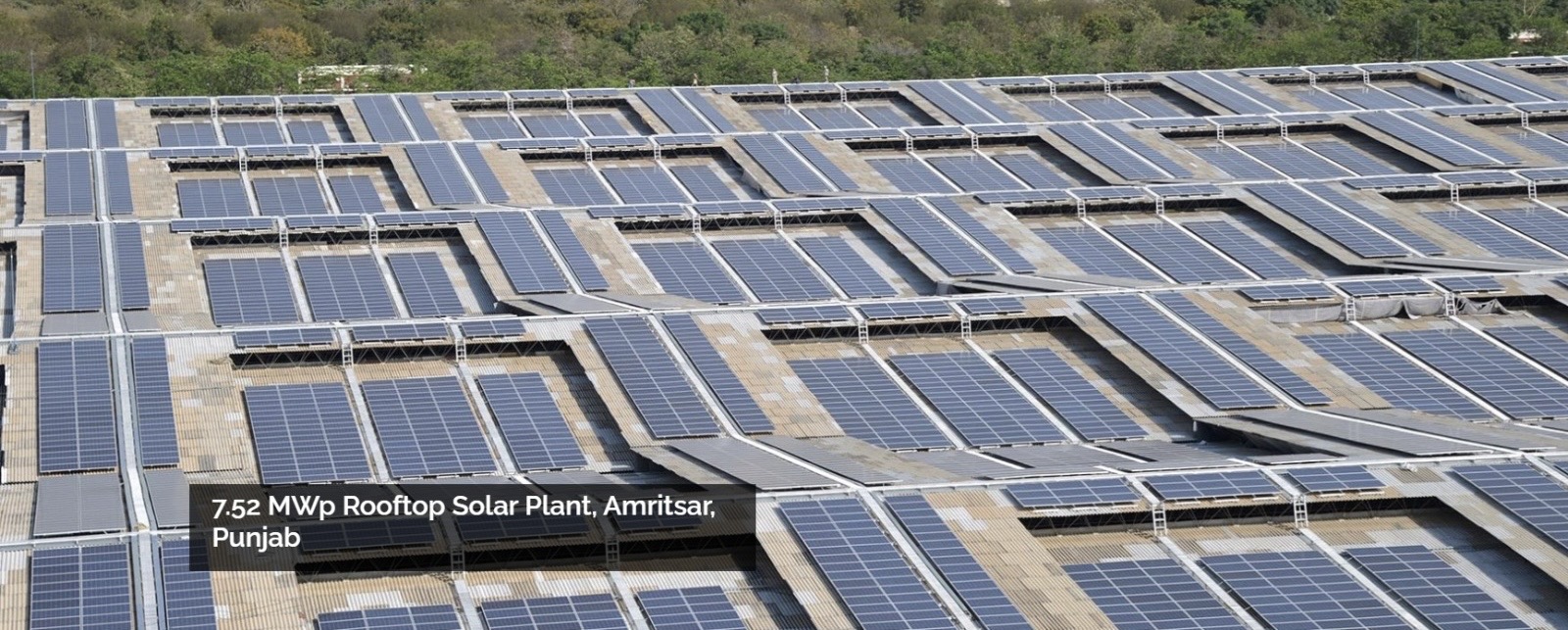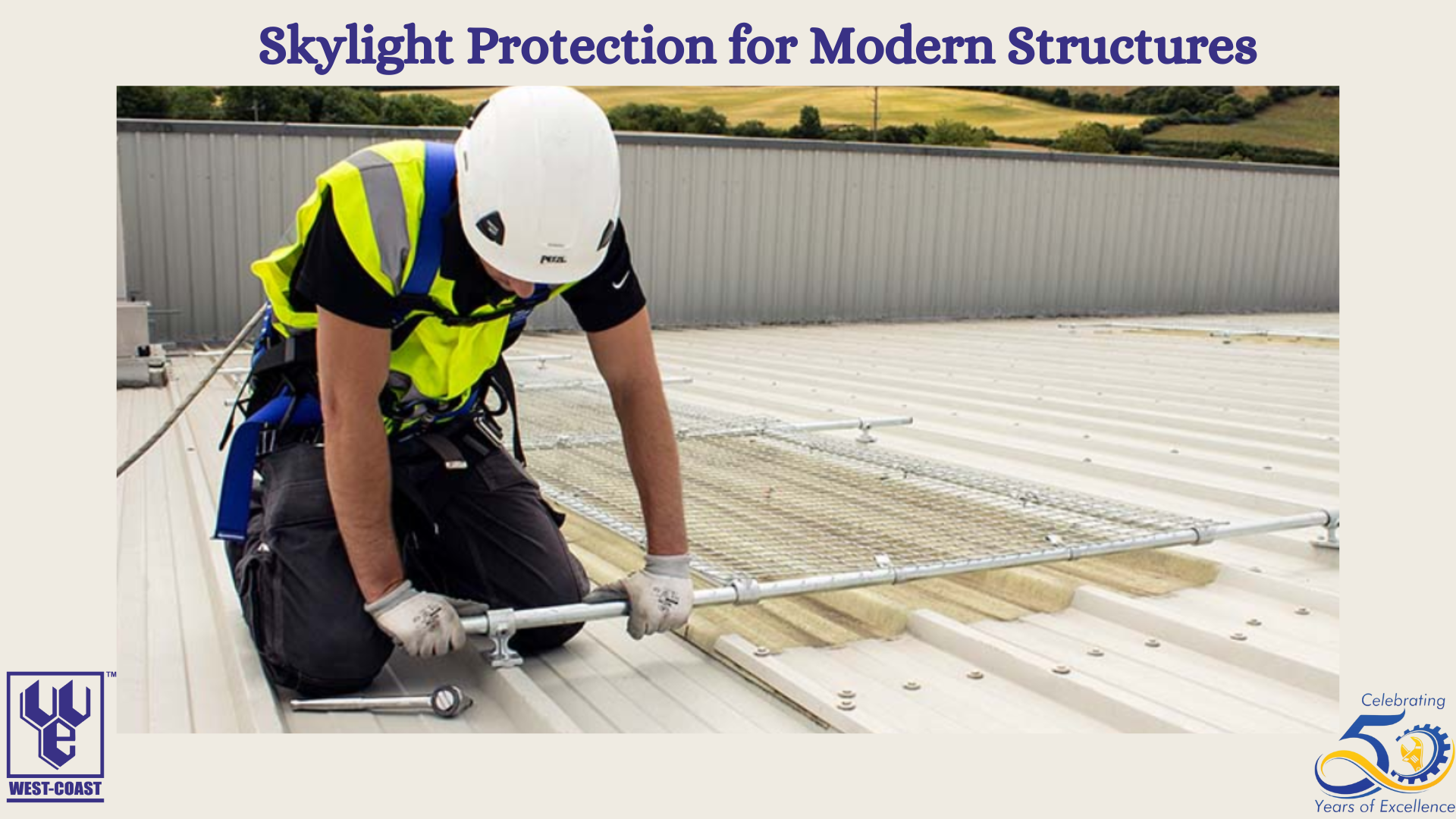In the realm of material selection for structural components, the debate between Fiberglass Reinforced Plastic (FRP) and Aluminium often surfaces. Both possess distinct qualities that cater to diverse needs, be it corrosion resistance, strength, stiffness, impact resistance, or environmental impact. Let’s delve into the core differences between these materials to help you make an informed decision for your projects.
Corrosion Resistance:
FRP exhibits impressive resistance to a broad spectrum of chemicals and remains unaffected by moisture. However, direct exposure to UV rays necessitates painting. On the other hand, Aluminium boasts excellent corrosion resistance in seawater and saline atmospheres. It can be further fortified through anodizing or coatings, unlike FRP, which is vulnerable to UV exposure due to its composite nature.
Strength and Stiffness:
While FRP holds good strength along the length of its fibers, its flexural strength remains lower than Aluminium. The direction of fiber alignment dictates FRP’s strength, making its true capacity challenging to determine accurately. Aluminium, being a homogeneous metal, offers higher flexural strength and retains elasticity after loading and unloading, unlike FRP, which tends to remain in a plastic stage upon loading.
Impact Resistance:
FRP’s inability to absorb impact load stands in contrast to Aluminium’s superior resistance. The latter, although occasionally deforming under extreme impact, typically remains in its elastic stage without entering the plastic stage, making it more resilient.
Environmental Impact:
Here’s a significant differentiator: FRP, being a petro-based polymer resin, isn’t biodegradable, posing a threat to the environment. Conversely, Aluminium, a naturally occurring metal, is biodegradable, making it a greener choice.
Other Factors:
In terms of installation, Aluminium triumphs due to ease, while FRP may demand more time due to its span limitations. Additionally, Aluminium boasts negligible maintenance compared to FRP, which requires more attention due to its vulnerability to UV rays.
Conclusion:
Considering their unique attributes, both FRP and Aluminium have their place in various applications. For short-term projects requiring corrosion resistance and moderate strength, FRP might suffice. In contrast, Aluminium stands as a durable, environmentally friendly option with higher strength and longevity, making it a superior choice for long-term structural requirements.
Understanding the intricacies of these materials helps in making informed decisions tailored to specific project needs. So, when selecting between FRP and Aluminium, weigh these factors judiciously to achieve the desired performance and durability for your project.

